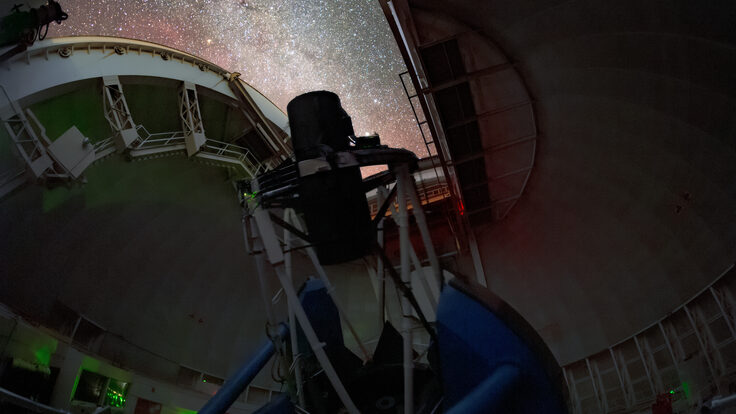Cigarette Lighter
Some might think it strange that data taken from the Radio Ice Cerenkov Experiment, a kilometer-wide neutrino detection system buried in South Pole ice sheets, is analyzed with the help of a cigarette lighter. Others might find it downright bizarre that, after a multi-million dollar renovation of the Fermilab facility where the detectors are being developed, the 65-cent lighter proved the best calibrating device available.
But not RICE experimenters Alice Bean, James Snow, and John Ralston. To these rugged physicists, who conduct experiments, rain or wind, in a leaky test facility on the Illinois prairie, scientific success isn't a matter of expense, but of basic efficacy.
"The lighter's electric ignition generated precisely the EM impulse we needed—just what a particle does at 50 gazillion times the cost," Bean said. "We were going to construct this complicated electric generator system to create the signal, but then John thought of the lighter, and it worked perfectly." Bean and her colleagues are doing research and development on radio frequency detectors at Fermilab to better understand data taken from the RICE experiment. "We've got all this info, but in order to read it properly we have to discern between hadronic and electron reactions. Flicking the lighter next to the detector simulates a passing electron, and so helps us to know what we should be looking for. The lighter is vital to our studies of ultra-high-energy neutrinos."
Jeb Burt






